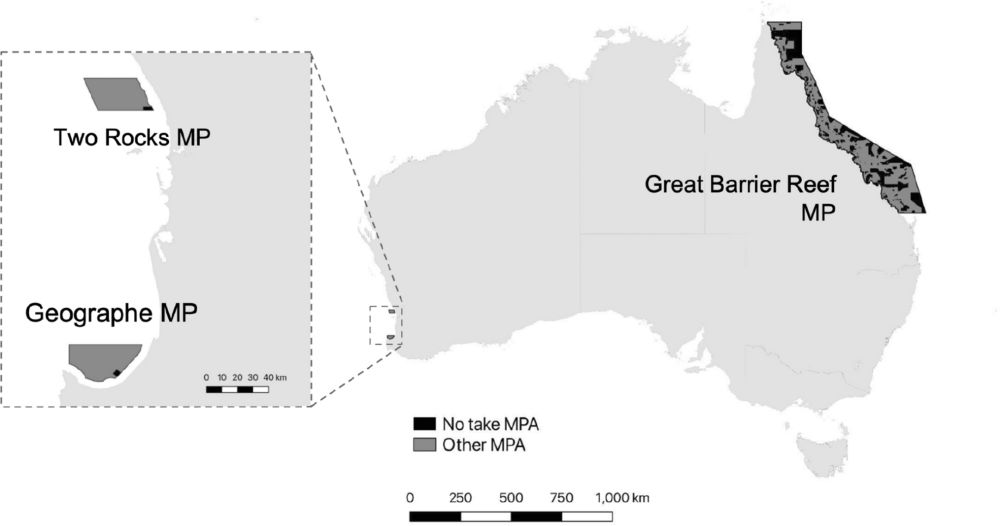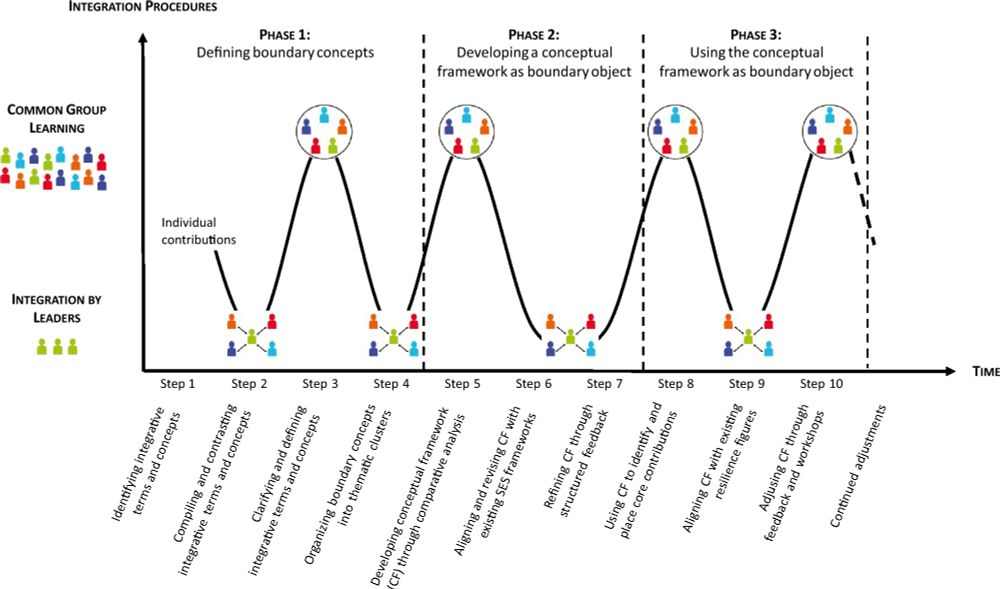
new publication:
Reanimating the sacrifice zone: Mechanisms of harm and healing in Yellowknife
Open access link: link.springer.com/article/10.1...
@ambio-journal.bsky.social
Ambio publishes academic research on the interrelationships between environment and society that addresses sustainability challenges for a global audience Ambio homepage: https://link.springer.com/journal/13280

new publication:
Reanimating the sacrifice zone: Mechanisms of harm and healing in Yellowknife
Open access link: link.springer.com/article/10.1...

new publication;
Tea for two: India’s commodity agroforests as coexistence landscapes for the endangered Asiatic wild dogs and people
link: link.springer.com/article/10.1...

new publication:
Policy and regulatory measures supporting the implementation of nature-based solutions in urban stormwater management of private properties: Insights from Finland
open access link: link.springer.com/article/10.1...

ne publication:
Community-based approach to detect and predict conflicts with large carnivores in human-dominated landscape
Open access link:
link.springer.com/article/10.1...

new publication:
Prescribed burning for boreal forest restoration: Evaluating challenges and conservation outcomes
open access link: link.springer.com/article/10.1...

New publication:
Designing gender-inclusive data systems in small-scale fisheries
open access link:
link.springer.com/article/10.1...

New publication:
The best laid plans: How do adopted city sustainability goals influence site-level action in urban forestry?
open access link: link.springer.com/article/10.1...

New publication:
Assessing the implications of organised illegal and informal mining activities on the environment in South Africa
Open access link: link.springer.com/article/10.1...

New paper:
Environmental considerations for post-war reconstruction of Gaza
Open access link: link.springer.com/article/10.1...

New publication:
Land market feedback from land acquisition influences the prioritization of protected area networks
Link: link.springer.com/article/10.1...

New publication:
Plastic pollution in the Amazon: The first comprehensive and structured scoping review
Open access link: link.springer.com/article/10.1...

New publication:
From paradigm blindness to paradigm shift? An integrative review and critical analysis of the regenerative paradigm
Open access link: link.springer.com/article/10.1...

New publication:
Why combating climate change is so challenging
Link: link.springer.com/article/10.1...

New Publication:
Research efforts and gaps in the assessment of forest system resilience: A scoping review
Open access link: link.springer.com/article/10.1...

new publication:
Bioeconomic opportunities in restored tropical forests
Link: link.springer.com/article/10.1...

New publication:
Maximising biodiversity potential in Europe’s mines and quarries: A key role for EU Nature Restoration Regulation targets
Open access link: link.springer.com/article/10.1...

New publication:
Rewilding relationships: Principles for forging relationships in social-ecological systems
Open access link: link.springer.com/article/10.1...

New paper:
Nature connection, wellbeing and pro-environmental behaviour across an urban gradient: Understanding the regional sweet spot
Open access link: link.springer.com/article/10.1...

New publication:
Rewetting drained boreal peatland forests does not mitigate climate warming in the twenty-first century
Open access link: link.springer.com/article/10.1...

new publication:
Hooking recreational fishers on sustainable fishing: Consistent psycho-social determinants raise potential for broad scale interventions
Open access link: link.springer.com/article/10.1...

new publication:
Protecting nature in diverse ways: The socio-demographic spread of benefits from connecting with nature
Open access link: link.springer.com/article/10.1...

new publication:
Priority areas for nature-based adaptation to climate change in the Alps
Link: link.springer.com/article/10.1...

new publication:
Developing a conceptual framework for interdisciplinary communication, collaboration, and integration: A structured approach
Open access link: link.springer.com/article/10.1...

New publication:
A systematic review of foraging as lifestyle, livelihood, and landscape management strategy
Open access link: link.springer.com/article/10.1...

New publication:
The role of collective grieving in supporting wellbeing and capacity for climate action
Link: link.springer.com/article/10.1...

New publication:
Municipal governments’ perspectives on forest ownership: Insights from Czechia
Open access link: link.springer.com/article/10.1...

New publication:
Pathways for transforming biodiversity governance: An examination of the Global Biodiversity Framework’s Considerations
Open access link: link.springer.com/article/10.1...

New publication:
The epistemological implications of species extinction: An overview
Open access link: link.springer.com/article/10.1...

New Publication:
Landscape governance as a matter of concern: A relational framework
Open access link: link.springer.com/article/10.1...

New Publication:
Values of protected area landscapes shape the behaviors of subsistence users in Interior Alaska
Open access link: link.springer.com/article/10.1...